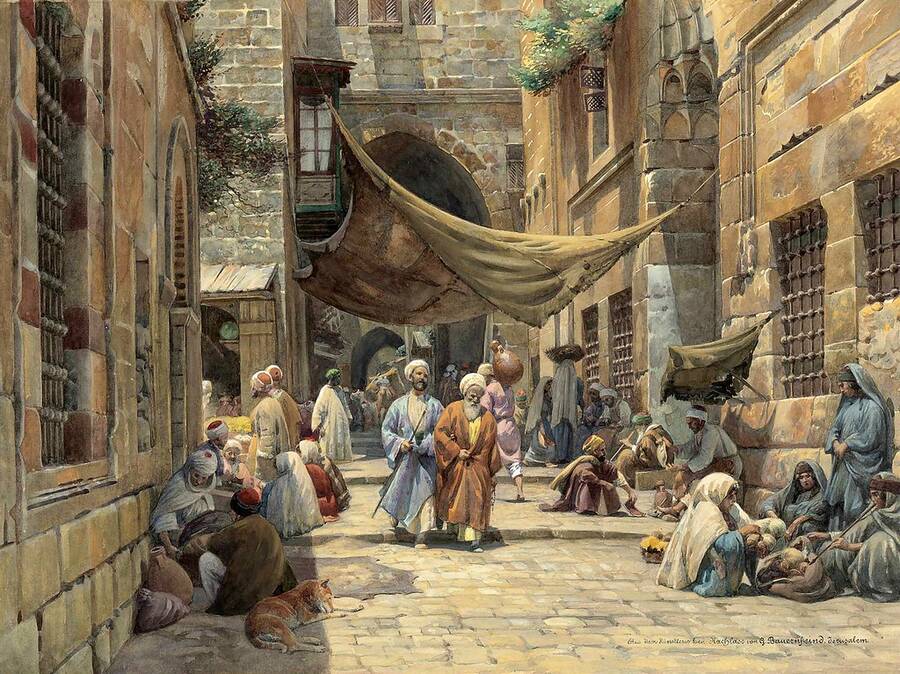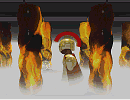Ex Chaos Ordo [Latin] – From Chaos, Order
The Global Revolution of 2075, sparked by economic tyranny and resource scarcity, birthed New Pangea’s dream of garden havens. Dietrich Lehrer’s stations, Laurasia and Gondwana, anchored this vision, yet tensions with the Ministry of Science and Technology foreshadowed rifts. - Verdant Rim Archives
The Global Revolution: Dawn of a New Order
In the late 21st century, the Global Revolution erupted as a visceral response to centuries of economic exploitation, catalyzed by the masses’ disillusionment with a world order dominated by fractional reserve bankers, pharmaceutical giants, and fossil fuel magnates. By the 2070s, wealth inequality had reached grotesque extremes: the top 0.01% lived in orbital estates or bioengineered enclaves with access to life-extension therapies, while billions languished in flooded megacities or arid wastelands, displaced by climate collapse and automation. The elite’s grip on AI-driven finance, surveillance, and resource extraction—enabled by complicit governments—rendered traditional democracy a hollow charade. The spark came not from a single event but from a collective realization, amplified across decentralized networks, that the system was irredeemably rigged. Early seeds of dissent, traced by some historians to Ron Paul’s 2008 and 2012 U.S. presidential campaigns, had inspired a generation to question centralized power, culminating in the revolutionary fervor of 2074–2084.
The revolution was borderless, a hydra-headed uprising coordinated through quantum-encrypted platforms and neural feeds, successors to early social media like X. Unlike the top-down revolts of the past, this was a leaderless movement, driven by diverse coalitions: climate refugees demanding justice, gig workers crushed by algorithmic labor markets, and biohackers exposing elite-controlled gene therapies. The economic core of the rebellion targeted the financial system—fractional reserve banking, which had ballooned digital wealth while impoverishing the masses, was dismantled through coordinated cyberattacks on central banks. Open-source AI, wrested from corporate control, empowered rebels to disrupt stock exchanges and redirect resources. Meanwhile, physical protests swelled, with millions occupying urban centers, their holographic banners proclaiming, “No Elites, No Algorithms.” The revolution’s economic focus quickly bled into social and political spheres, as the masses saw politicians as puppets of corporate overlords.
Violence, though not universal, marked the revolution’s most iconic moments. In 2076, a hundred thousand Americans, enraged by decades of betrayal, stormed the White House, tearing the President apart in a raw outpouring of fury—an act echoed globally as symbols of power fell. The Federal Reserve’s Eccles Building in Washington, D.C., met a similar fate, its Board of Governors overwhelmed by a mob wielding biohacked exosuits and AR-guided tactics. These acts were not mere chaos but symbolic reckonings, broadcast across neural networks as proof that the elite were not invincible. Yet, nonviolent factions also shaped the revolution, organizing global strikes and boycotts that crippled Big Pharma and fossil fuel industries. In one audacious move, hackers flooded the dark web with leaked formulas for life-extension drugs, democratizing what had been an elite privilege.
The revolution’s turning point came with the rejection of money itself. By the 2070s, science and technology—AI-driven manufacturing, vertical farming, and fusion energy—had made monetary exchange obsolete for meeting basic needs. Yet, the elite had hoarded these advancements, using money as a tool of control. Rebels, inspired by decades of cryptographic experimentation (from Bitcoin to quantum tokens), built decentralized resource networks, rendering currency irrelevant. This shift was both practical and ideological: money, seen as the root of corruption, was abandoned in favor of a system where resources were allocated based on need, governed by transparent AI audited by communities. The eradication of money dismantled the economic scaffolding of elite power, paving the way for the dissolution of centralized governments, which had long served as enforcers of the old order.
The revolution was not without its fractures. Regional differences sparked tensions—some communities embraced solarpunk ideals of sustainable communes, while others descended into warlordism or techno-anarchy. The period of 2074–2084 was chaotic, marked by both utopian experiments and brutal reprisals. Elites, retreating to fortified space stations or undersea bunkers, deployed AI-driven drones and private militaries to quell uprisings, but their isolation only fueled the narrative of their obsolescence. Grassroots biohackers and rogue programmers turned elite technologies against them, using open-source neural implants to coordinate strategy or sabotage surveillance grids. By 2084, the old order had collapsed in most regions, replaced by a patchwork of decentralized societies experimenting with new forms of governance, from blockchain councils to AI-mediated consensus systems.
The Global Revolution’s legacy was a world unrecognizable yet profoundly human. The eradication of money and governments gave rise to a civilization where cooperation trumped competition, and technology served the collective rather than the few. Cities were rebuilt as green arcologies, powered by fusion and designed for resilience against climate extremes. Education and healthcare, once gatekept by profit, became universal, with AI tutors and nanomedicine accessible to all. Cultural expression flourished, with AR artists and neural poets crafting visions of a shared future. Yet, scars remained—regions still grappled with post-revolutionary chaos, and the specter of new hierarchies loomed. Historians debate the revolution’s start, some pointing to 2008’s financial crisis or 2012’s populist stirrings, but all agree its culmination in 2074–2084 marked a new epoch.
This new era, often called the Post-Revolutionary Accord, brought a peace and prosperity once unimaginable. Communities governed themselves through decentralized networks, with AI ensuring transparency and equity in resource distribution. The old elite, stripped of power, either integrated into the new order or faded into irrelevance. The revolution’s success lay in its versatility—its ability to unite disparate struggles under a shared rejection of exploitation. While challenges persist, from rogue AI factions to resource disputes, the world of 2085 stands as a testament to the power of collective will, a phoenix risen from the shattered remains of a corrupt system, forever redefining what it means to be human.
As the Global Revolution’s fires cooled in 2084, a new force emerged from the ashes: the Ministry of Science and Technology (MOST). Born from the grassroots tech movements that toppled monetary systems, MOST sought to harness advanced technologies for a world weary of elite control. Under figures like Chief Deputy Kacela Adesina, it promised transparent governance, channeling the Revolution’s decentralized spirit into structured progress. Laboratories rose in reclaimed urban ruins, powered by nascent energy systems, while open-source platforms united communities in collaboration. Yet, the scars of violence and distrust lingered—rogue factions and fractured regions challenged MOST’s vision. Its rise marked a pivot from chaos to cautious hope, redefining science as a tool for collective renewal rather than oppression. This new order, fragile but resolute, set the stage for a future where technology served humanity’s shared will, as chronicled in the Ministry’s early archives, a testament to the Revolution’s enduring spark.









